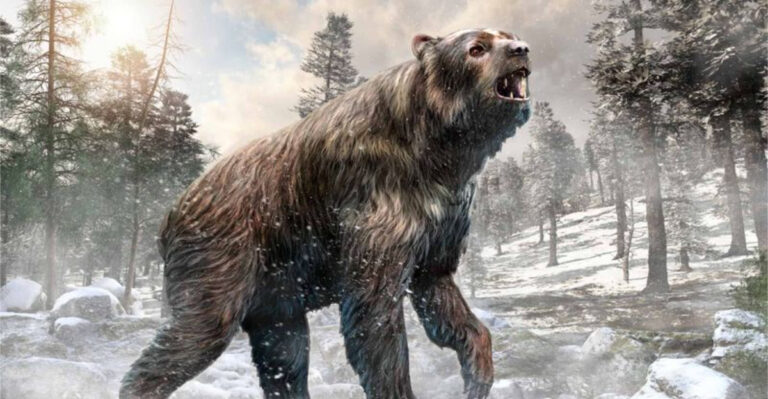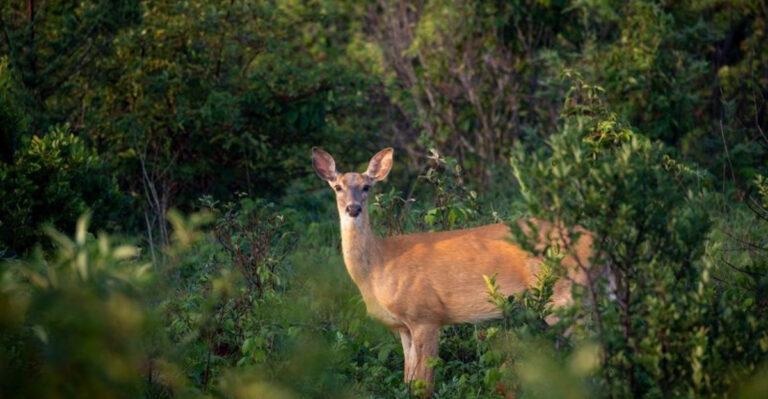12 American Lakes That Lost Their Most Valuable Fish Species
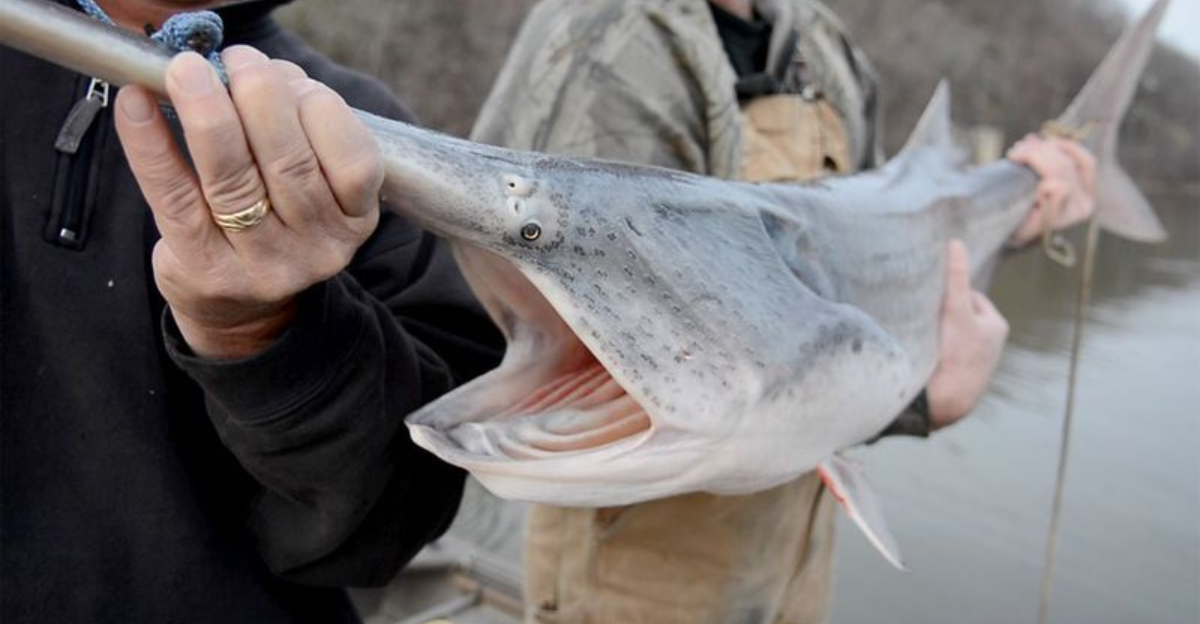
America’s lakes once teemed with incredible fish species that supported ecosystems, local economies, and recreational fishing.
Over time, many of these precious aquatic treasures have disappeared due to pollution, overfishing, invasive species, and habitat destruction. The loss of these key fish has transformed once-thriving waters into shadows of their former glory.
Let’s explore twelve American lakes where the most prized fish have vanished, leaving behind altered ecosystems and communities that still feel their absence.
1. Lake Michigan’s Vanished Lake Trout
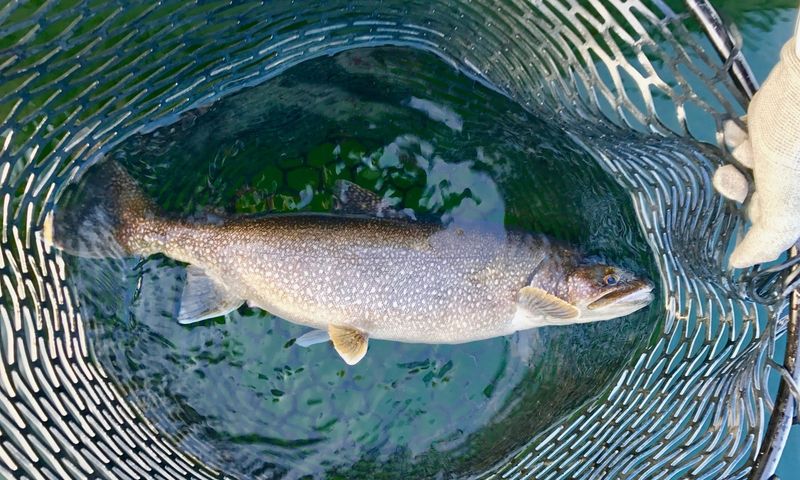
Once the king of the Great Lakes, native lake trout in Lake Michigan crashed in the 1950s. Sea lampreys – eel-like parasites that attach to fish and drain their blood – invaded through shipping canals and decimated the population.
Commercial fishing further stressed these magnificent creatures, pushing them to the brink. Though stocking programs have tried to bring them back, wild lake trout reproduction remains minimal.
These silver-gray beauties could live 40+ years and weigh over 60 pounds in their heyday. Their disappearance rippled through the food web, changing Lake Michigan forever and ending a self-sustaining fishery that had thrived for thousands of years.
2. Pyramid Lake’s Lost Lahontan Cutthroat
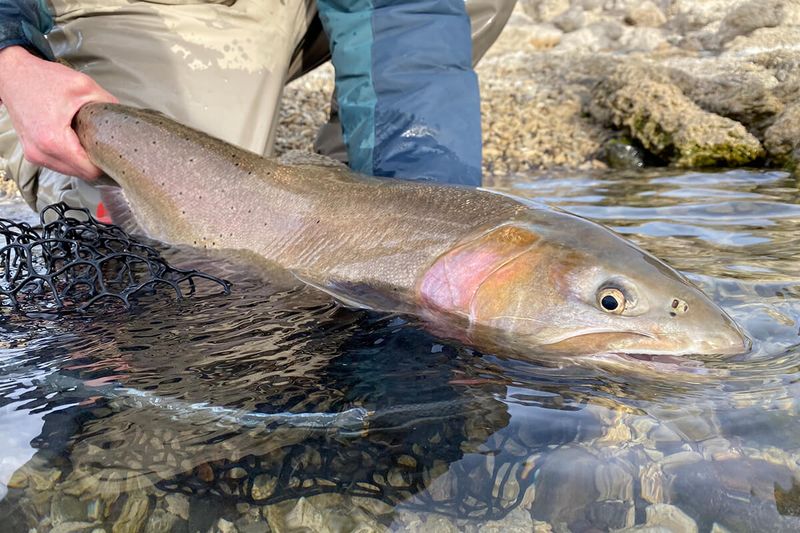
The original Pyramid Lake cutthroat trout was a true giant of the fish world. Native to this Nevada desert lake, these monsters could reach 60 pounds and stretch over four feet long – the largest cutthroat trout subspecies ever known.
By 1944, this magnificent fish was declared extinct, wiped out by a deadly combination of dam construction, water diversion, and overharvesting. The Derby Dam, built in 1905, blocked spawning routes and diverted water from the Truckee River.
Today’s efforts to reintroduce similar strains haven’t recaptured the original genetic giant. The loss represents both an ecological tragedy and the disappearance of a fish that once drew anglers from around the world.
3. Lake Erie’s Decimated Blue Pike
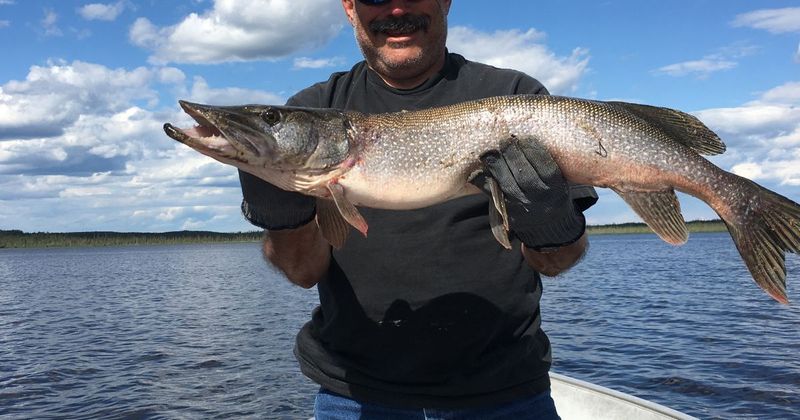
Bright blue-backed and yellow-eyed, the blue pike was once Lake Erie’s most abundant and commercially valuable fish. In the 1950s, commercial fishermen hauled in millions of pounds annually, making it a staple on dinner tables across the Northeast.
By 1975, the U.S. Fish and Wildlife Service declared this unique subspecies extinct. Its downfall came from a perfect storm of problems – industrial pollution, agricultural runoff, oxygen-depleted dead zones, and relentless overfishing.
Frozen blue pike fillets were once so common they sold for pennies per pound. Now, this fish exists only in black and white photographs and the memories of older anglers who recall Erie’s glory days.
4. Lake Of The Ozarks’ Missing Paddlefish
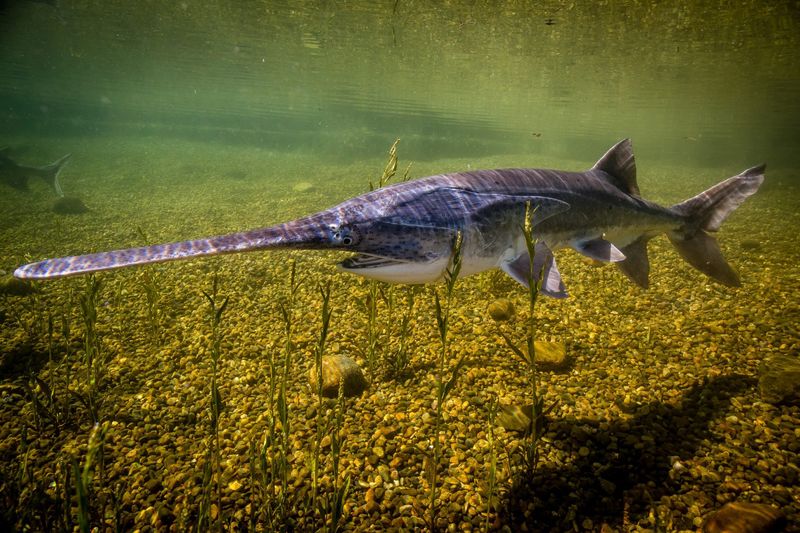
Prehistoric-looking paddlefish once navigated the waters of Missouri’s Lake of the Ozarks with their distinctive paddle-shaped snouts. These ancient creatures – sometimes called spoonbills – could live 30+ years and grow to 200 pounds, filtering tiny food particles as they swam with open mouths.
The construction of Bagnell Dam in 1931 blocked their spawning migrations and altered water flow patterns critical for reproduction. Paddlefish require specific river conditions to spawn successfully, conditions the dam eliminated.
Though stocking programs maintain some population, the self-sustaining native paddlefish is effectively gone. Poaching for their valuable roe (sold as caviar) delivered the final blow to this remarkable fish that had survived since dinosaur times.
5. Lake Champlain’s Vanished Atlantic Salmon
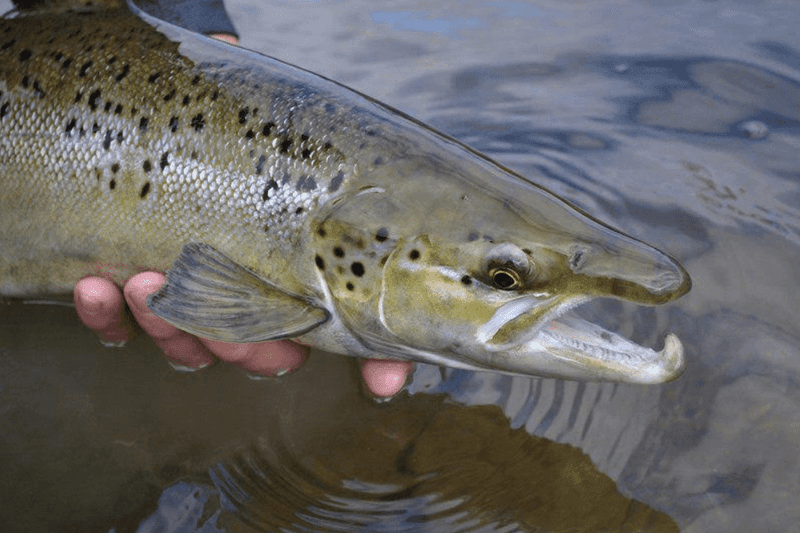
Lake Champlain’s native Atlantic salmon once turned the waters silver during massive spawning runs. These powerful fish could reach 30 pounds and powered the local economy through commercial fishing and tourism.
By 1900, they had disappeared completely. Dams blocking spawning routes, deforestation causing erosion and habitat destruction, and industrial pollution combined to wipe them out.
Vermont’s state fish ironically became extinct in its namesake waters. Modern reintroduction efforts have had limited success, as the original Lake Champlain salmon was genetically distinct from other Atlantic salmon populations. The loss of this iconic fish changed not just the ecology but the cultural heritage of communities bordering this massive lake between New York and Vermont.
6. Utah Lake’s Extinct June Sucker
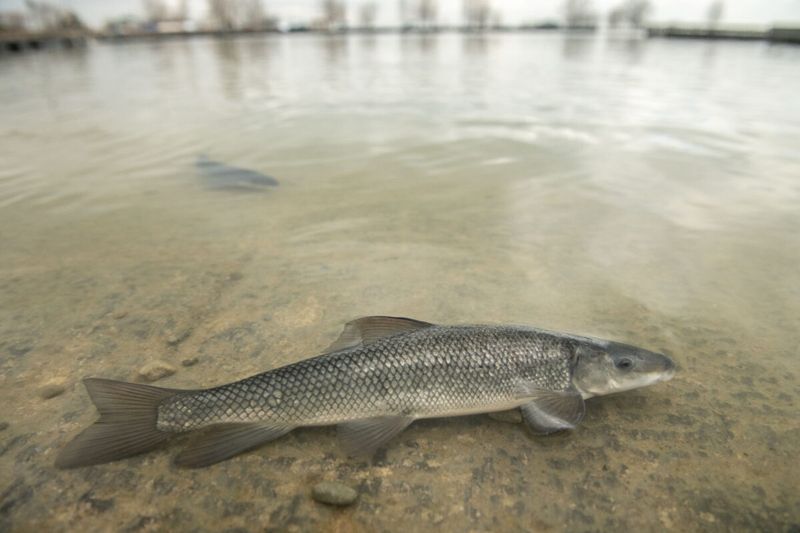
The June sucker wasn’t pretty – with its downturned mouth and bumpy head – but it was perfectly adapted to Utah Lake’s unique ecosystem. Named for its spawning time, this fish was found nowhere else on Earth.
Water diversion projects, agricultural pollution, and introduced carp devastated their habitat. The carp uprooted plants and muddied the water, while irrigation projects dried up spawning streams.
By the 1970s, fewer than 1,000 remained. Though captive breeding programs have prevented complete extinction, the original wild population is effectively gone. Utah Lake’s water quality suffered without these native filter feeders, showing how even “rough fish” play crucial ecological roles worth protecting.
7. Lake Apopka’s Collapsed Bass Fishery
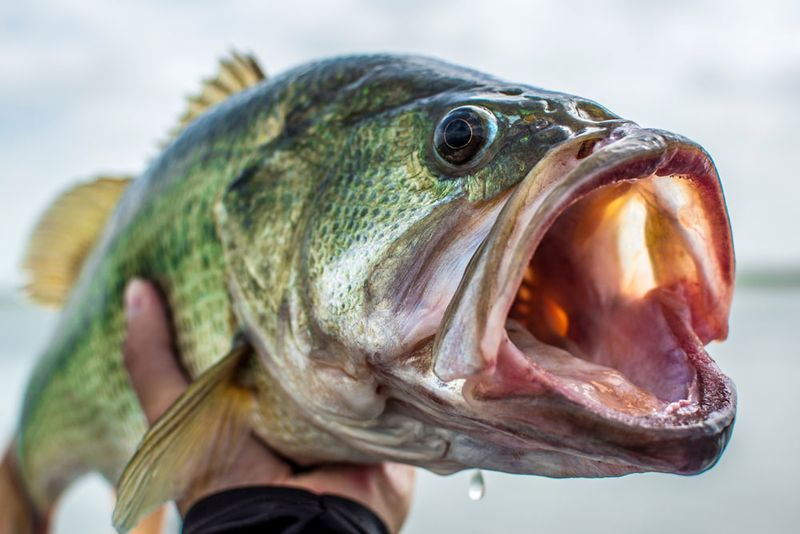
Florida’s Lake Apopka was once crowned the “Bass Capital of the World.” Trophy largemouth bass weighing 10+ pounds were common catches, drawing professional tournaments and recreational anglers from across America to this 30,000-acre natural lake.
Agricultural runoff from surrounding farms loaded the lake with phosphorus, triggering massive algae blooms. A 1980 chemical spill from a nearby farm added toxic pesticides to the troubled waters.
The once-clear lake turned pea-soup green, underwater vegetation died off, and the legendary bass population crashed. Despite decades of restoration efforts costing millions, Lake Apopka remains a shadow of its former glory – a cautionary tale of how quickly a world-class fishery can collapse when water quality deteriorates.
8. Mono Lake’s Forgotten Lahontan Cutthroat
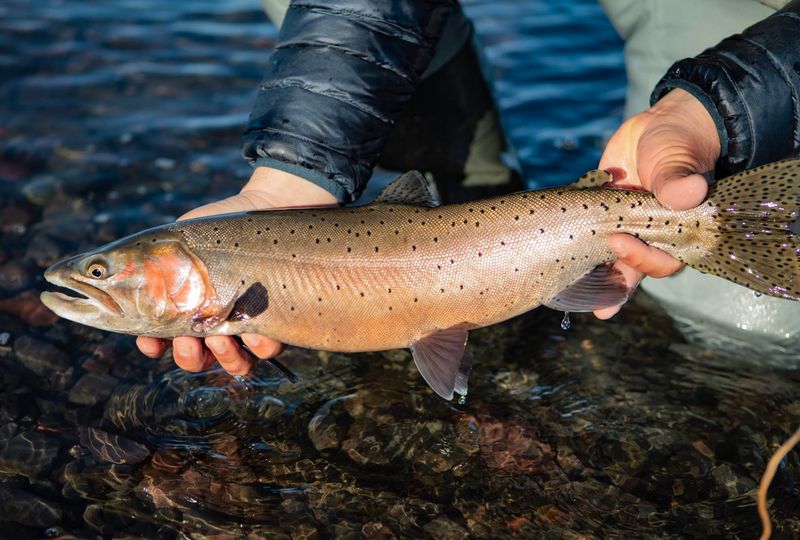
California’s hauntingly beautiful Mono Lake once supported a thriving population of Lahontan cutthroat trout. These desert-adapted fish evolved to handle the lake’s increasing salinity and alkaline conditions over thousands of years.
Water diversions to Los Angeles beginning in 1941 proved catastrophic. As lake levels dropped and salinity increased beyond even these hardy fish’s tolerance, the population disappeared by the 1950s.
The lake’s famous tufa towers – exposed by falling water levels – became symbolic of environmental destruction. Court battles eventually forced Los Angeles to reduce water diversions, but the original trout population remains lost. Modern visitors admiring Mono Lake’s otherworldly beauty rarely realize it once supported one of America’s most remarkable fish adaptations.
9. Lake Okeechobee’s Disappearing Crappie
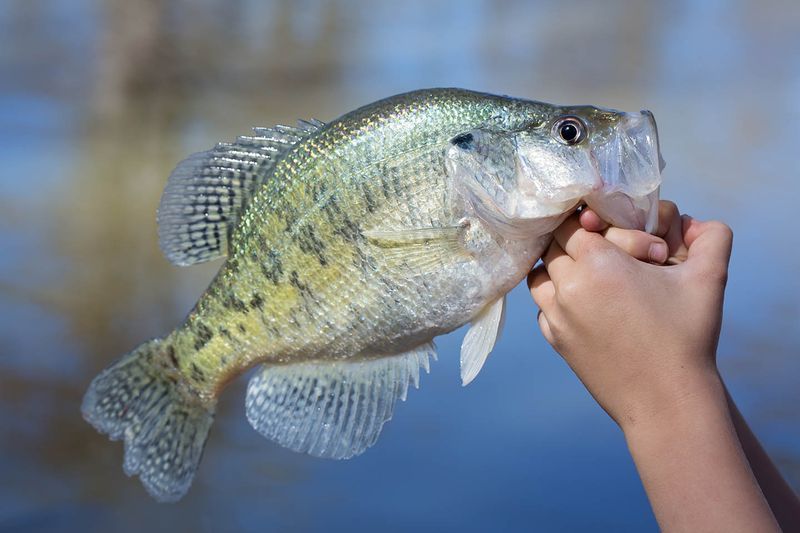
Florida’s Lake Okeechobee once boasted America’s finest crappie fishing. Anglers regularly caught 100+ of these delicious panfish daily, with two-pounders common enough that smaller fish were often released.
Hurricane impacts in the 1990s and 2000s uprooted vegetation and stirred bottom sediments, clouding the water. Managed water levels for flood control prevented natural cleaning processes.
Agricultural runoff loaded the lake with nutrients, fueling harmful algae blooms that depleted oxygen. Though not completely gone, the legendary crappie population is a fraction of its former abundance. Old-timers remember when rental boats came with free ice for the fish you’d surely catch – a practice discontinued as catches became unpredictable and sporadic.
10. Walker Lake’s Lost Lahontan Cutthroat
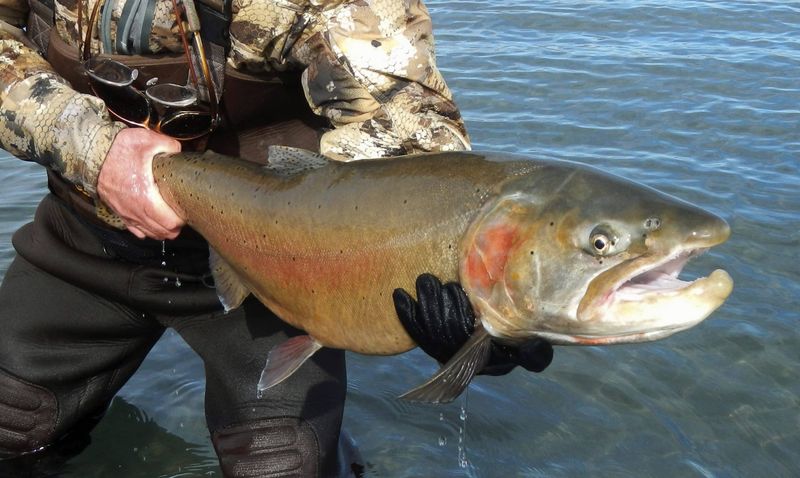
Nevada’s Walker Lake once supported massive Lahontan cutthroat trout that could reach 20+ pounds. Native Americans harvested these fish for centuries, and early settlers marveled at their abundance and size.
Agricultural diversions from the Walker River (the lake’s only significant inflow) proved disastrous. Without freshwater input, the terminal lake’s salinity increased fourfold between 1900 and 2000.
By 1990, the native cutthroat population had disappeared completely. The lake’s increasing salt content finally exceeded even these adaptable fish’s tolerance. Though water rights purchases have slightly improved inflows recently, the original cutthroat population remains lost – victims of the West’s endless conflict between agriculture and natural water systems.
11. Great Salt Lake’s Vanished Bonneville Cisco
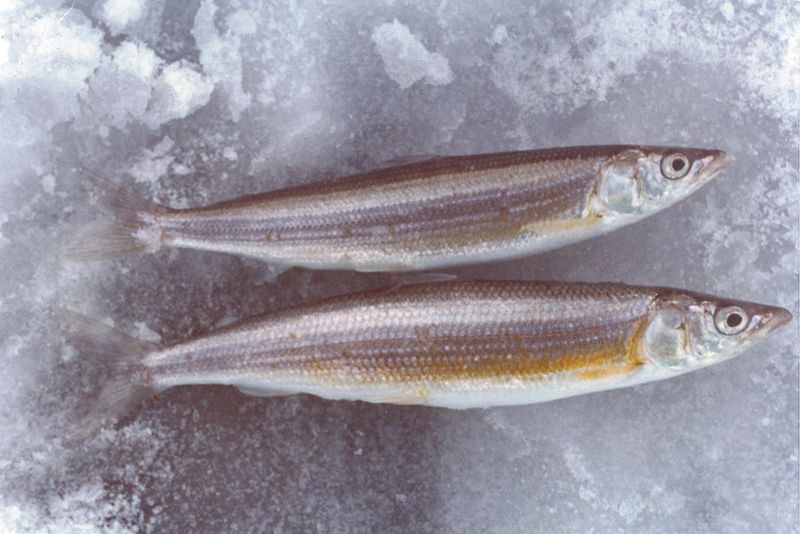
The Bonneville cisco once thrived in freshwater pockets of Utah’s Great Salt Lake system. These slender, silvery fish provided critical food for pelicans, eagles, and other wildlife in this harsh desert environment.
Water diversions for agriculture and urban growth gradually increased the lake’s already high salinity beyond survival thresholds. Climate change accelerated evaporation, concentrating salt levels further.
As tributary streams were dammed and diverted, spawning habitat disappeared. By the 1960s, these unique fish had vanished from the main lake. The Great Salt Lake’s current historic low water levels make their return impossible. Their disappearance highlights how even naturally salty ecosystems can be pushed beyond their biological limits by human water consumption.
12. Clear Lake’s Decimated Splittail
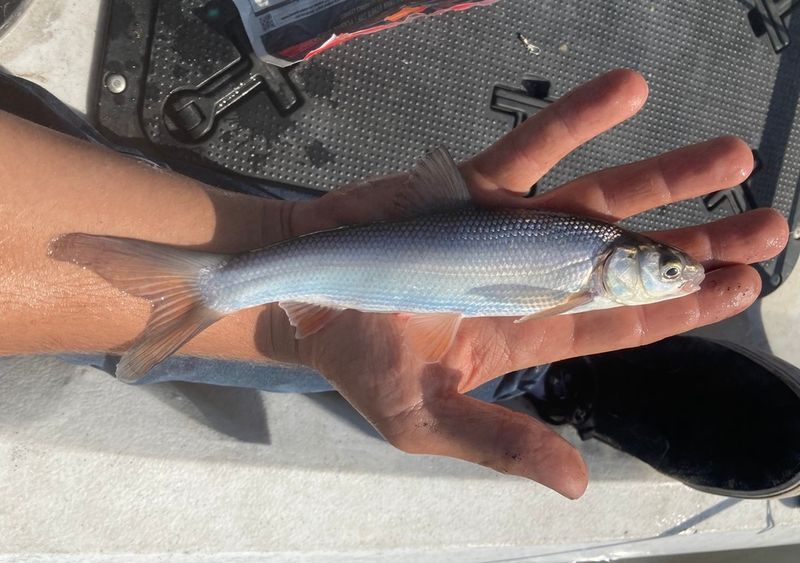
California’s Clear Lake once supported abundant Sacramento splittail – a unique native minnow with a distinctive split tail that could reach 15 inches long. These prehistoric-looking fish provided food for eagles, otters, and indigenous peoples for thousands of years.
Mercury contamination from abandoned mines leaked toxic metals into the watershed. Agricultural runoff and shoreline development destroyed spawning habitat along the lake’s edge.
Introduced carp and bass preyed on young splittail, while water diversions altered natural flow patterns necessary for reproduction.
Though still found in parts of the Sacramento-San Joaquin Delta system, Clear Lake’s once-thriving population has effectively disappeared. Their loss reminds us how even “non-game” fish play crucial roles in aquatic ecosystems.



